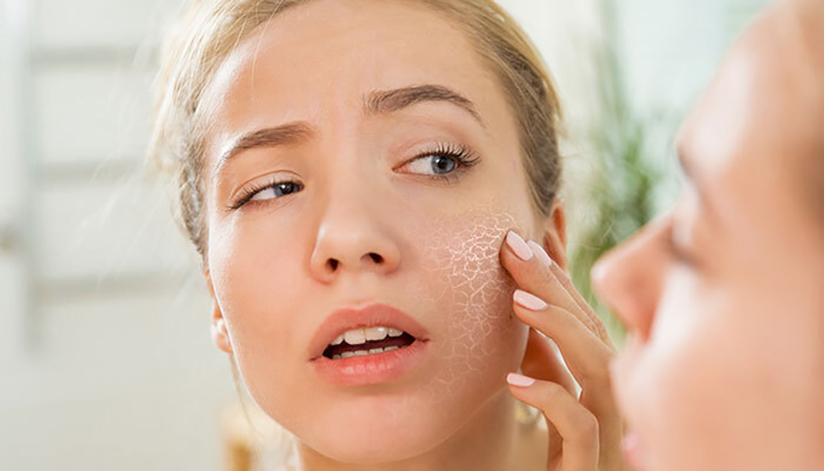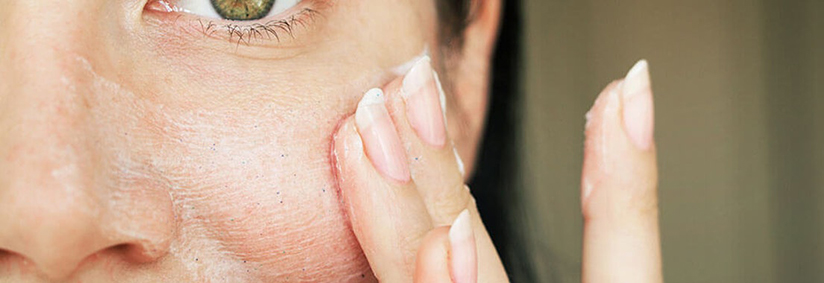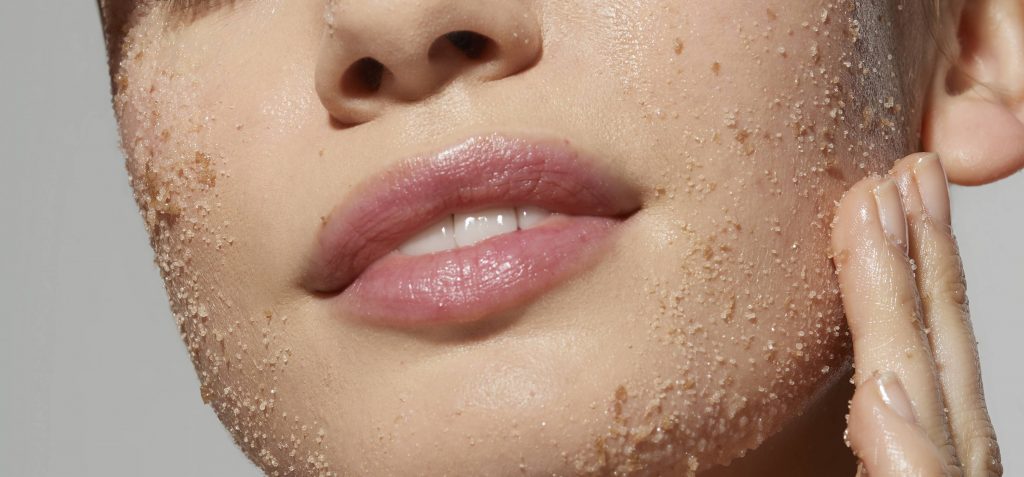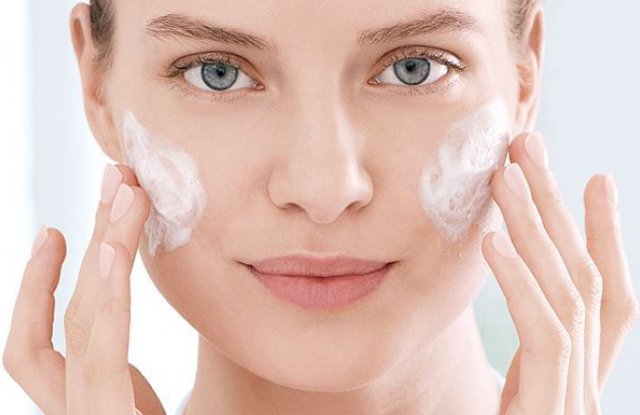When it comes to achieving a smooth, glowing complexion, addressing flaky skin is the first step. Between over-exfoliation and using the wrong products for your skin type, there are many other things that aggravate dry skin. Still, that doesn’t mean there aren’t ways you can get the ultra-hydrated complexion you’ve wished for.

Dry skin happens when there isn’t enough moisture in the epidermis – the most superficial outer layer of your skin. This layer is the body’s first line of defence against elements including water and weather. Dry skin can develop on any part of the body and it begins to feel rough, tight and itchy and can even start to redden and become more sensitive. While watching what you eat and getting quality sleep can help you achieve healthy skin, to improve your dry skin condition, there are other steps you may need to take.
Figure Out If Your Skin Is Dry or Dehydrated
Sometimes, people mistake their dry skin for dehydrated skin. The difference is: dry skin refers to a skin type (just like oily) while dehydrated skin refers to a skin condition. Dry skin type lacks oil, can be a result of genetics and appears flaky and rough. Dehydrated skin lacks water, can happen after consuming caffeine or alcohol and appear dull and tight.

If you have teensy pores and nary a pimple, you probably have dry skin. Moreover, if you experience flakiness and irritation, you can feel even more confident about your diagnosis. On the other hand, if you’re experiencing tightness or a dull complexion, or you’ve had a night of drinking, you likely have dehydrated skin.
Keep Moisture in The Skin
Using a good skin moisturiser is the first step in combating dry skin. Skin moisturisers have the ability to rehydrate the top layer of skin cells and seal in the moisture. As a rule of thumb, the thicker and greasier a moisturiser is, the more effective it will be.
One great example of that is the Weleda Skin Food face and body skincare. It is an ultra-rich cream that intensely hydrates, protects and restores the skin with oils and nourishing plant extracts. It’s a 100% certified natural mixture of calendula, organic chamomile, rosemary leaf extracts, sunflower seed oil, pansy, sweet almond oil and organic beeswax. Weleda Skin Food face and body line has received several awards for being the best natural skin care product.

Can Weleda Skin Food cream be used on the face? You may hear a lot of people saying it’s great for hands, feet and elbows, but the truth is this product can absolutely be used on the face. As for how to use Weleda skin food on face, apply the cream sparingly to your skin, and gently massage until it’s fully absorbed. You can use it as a facemask for hydrating the skin, as an eye cream for reducing puffiness, a protective balm around your lips in cold weather and even as a makeup primer when used with mineral powder.
But Weleda Skin Food is a versatile product that has many uses. You can also apply it to your nails and hands as a cuticle conditioner, as a barrier cream by massaging it into dry areas, on dehydrated skin as a revitalize and even on your hair to treat split ends. For better results, use it several times a day whenever you realize that your skin needs nourishing, especially on your hands, feet and elbows.
Avoid Over-Exfoliating Your Skin
Using facial cleansing twice a day or overusing retinol or acid serums may result in dry skin. While many think these habits will improve their skin’s appearance, in reality, they’re damaging their skin’s moisture barrier, which results in surface dryness and irritation. According to experts, any form of exfoliation can damage the protective skin barrier and triggers an inflammatory response in the skin.
While acute inflammation helps stimulate collagen and elastin synthesis, long-term inflammation and barrier damage can trigger many skin concerns and conditions. If the skin is already dry and the skin barrier is more damaged, over-exfoliating will exacerbate the problem.

This doesn’t mean you should stop exfoliating your skin completely. It’s still important to exfoliate dry and sensitive skin because if you don’t remove the dead skin on the surface, your hydrating and treatment products won’t be able to absorb properly. Consider reserving physical exfoliation to the professionals (like microdermabrasion) and give preference to chemical exfoliants of low concentrations to prevent triggering damage response.

Cover Up
Sun damage is one of the main culprits behind dry skin, roughness and wrinkles. To help prevent that damage, wear a broad-spectrum SPF 30 sunscreen year-round and dress accordingly. Overdressing can lead to overheating and perspiring excessively, both with can irritate the skin. Consider wearing a light, loose, long-sleeved shirt when out in the sun, and add a wide-brimmed hat to your combos to protect your neck, eyes and ears. Also, consider using a lip balm with SPF 15 sunscreen to prevent dry, chapped lips.












